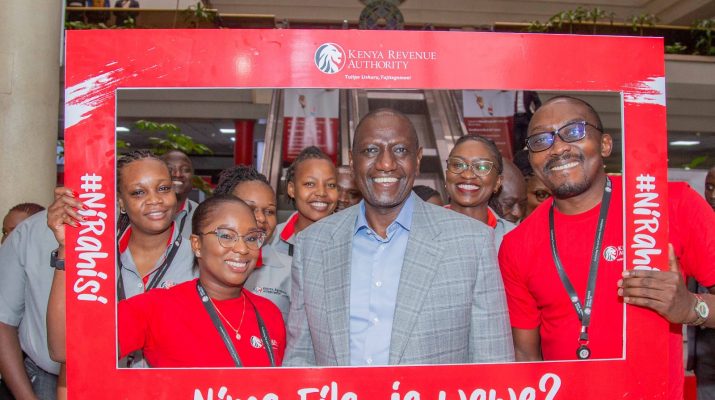In a presser released by the Kenya Revenue Authority, its Customs and Border Control (C&BC) Department has registered a revenue collection growth of 10.12% at the Jomo Kenyatta International Airport (JKIA). This is after collecting KES 49.063 Billion in the financial year ended 2022/2023, against a target of KES 46.991 Billion. The revenue collection represents a 104% performance rate against the financial year 2022/2023 revenue target.
Cargo handled at the JKIA has reportedly increased following the reopening of the economy after the Covid-19 pandemic. This enabled KRA to collect KES 5.388 Billion against a target of KShs 4.806 Billion from air navigation service charges. This fee is levied on planes landing at the airport. The revenue collection reflects a performance rate of 112%. It represents a 31.91% growth in revenue compared to the same period in the financial year 2021/2022.
Revenue collected from air passenger service charges at JKIA also recorded a tremendous growth of 53.33% compared to the financial year 2021/2022. This is attributed to an increase in the number of air passengers. According to the economic survey 2023, the total number of passengers handled at Kenyan airports increased from 6.703 million in 2021 to 10.238 million in 2022.
This is owed to an increase in the number of international and domestic passengers by 80.4 percent and 32.1 percent respectively. Passenger traffic at JKIA increased by 65.0% from 3.974 million in 2021 to 6.556 million in 2022. KRA collected KShs 11.570 Billion from the air passenger services charge at JKIA against a target of KShs 8.037 Billion. This translates to an excellent performance rate of 114%.
The excellent performance is also attributable to the various initiatives that have facilitated passengers and seamless clearance of cargo at the JKIA. The initiatives include the installation of baggage and cargo scanners, as well as the introduction of an automated risk management module in iCMS.
The scanners facilitate faster clearance of cargo at the ports of entry. It now takes a minute to scan a container and approximately five minutes to analyze an image of the cargo contents. This, in turn, has substantially addressed congestion at the entry points.

